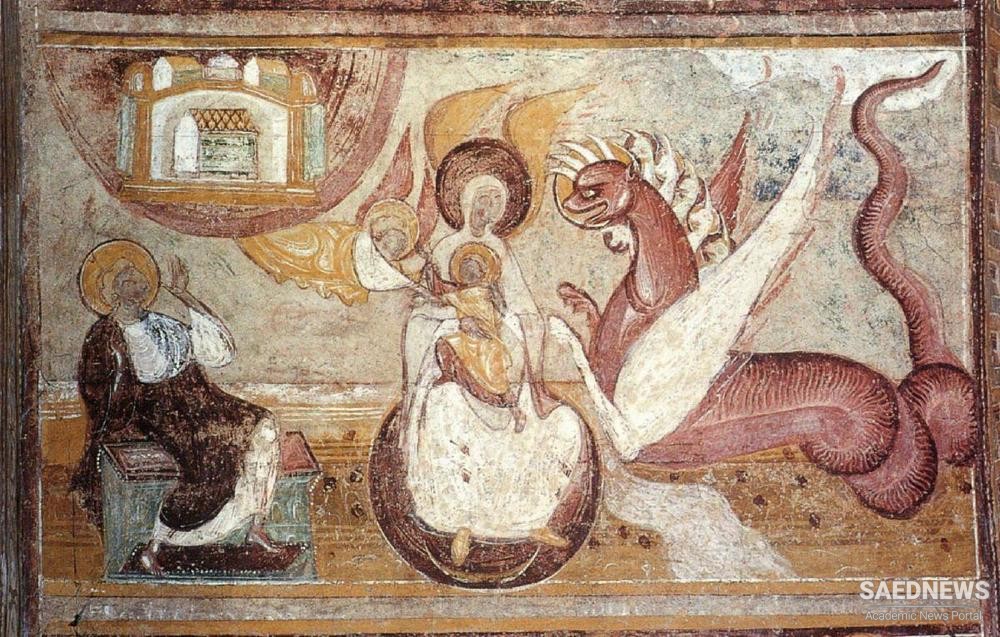Almost invariably they are socially inclusive movements which tend to break across class and other social barriers and create a momentary spirit of unity and equity within the community of believers. Anticipation of some form of divine judgment, though based on individual, rather than collective, deeds and misdeeds, is often translatable into a message of social justice. Moreover, the ultimate test of salvation in the anticipated Last Judgment is adherence and loyalty to the messianic upholder of the truth, an act of individual choice, rather than to the deeds of one’s ancestors, tribe, or community. Individual choice, however, is curtailed by an intense sense of group identity which enacts and fulfills the scripted prophecies. This uneasy mix of voluntary choice and collective destiny has often been a source of attraction to the deprived – whether perceived or real – the underprivileged, the marginalized, and the socially exiled. Promises of plenty and justice, or more likely vengeance, abound in apocalyptic literature, combined with ideals of love and sexual liberty, the breaking of gender barriers, prosperity and immortality, offering a collective consciousness that is grounded in shared memories. Predictably, any millenarian melting pot rendered an ethnic, occupational, and class amalgam with the implicit leitmotifs of modern nationhood and even conscious nationalism.
By the same token the apocalyptic rationale not only offers a frame of analysis for understanding human social behavior across social divides but also a source of solace and hope in moments of crisis. The apocalyptic outlook rationalizes real or perceived human suffering by treating it as providential design to expedite the millennial relief. Devastating wars, pandemics, genocide, earthquakes and floods, were hence perceived as God’s destruction of sinful, tyrannical rule, his punishment of the arrogant and the corrupt and vindication of the victims.
Moreover, though most “positive” apocalyptic images and values are masculine and decidedly patriarchal, millenarian movements in pre-modern times were among the very few to offer social channels through which women could excel and even occupy positions of leadership. Ann Lee, the principal founder of the Shakers, shared her founding role with the twelfth-century German apocalyptic nun, painter and composer Hildegard of Bingen and with Fatima Qurrat al-'Ayan (also known as Tahira), a leading Babi leader and chief advocate of the break with Islam. Such prominence contrasts with the misogynic imagery of Judeo-Christian and Islamic apocalyptics, which usually associate femininity with evil and women as deceptive agents of sin. The Whore of the Babylon of the Book of Revelation had other counterparts.
The presence of women may in part be attributed, at least in the Islamic context, to the antinomian self-perception that placed millenarians on a different plane from society at large as paragons of a value-free paradise. Millenarian communities often, though not as a rule, found in the very notion of the End a liberation from restrictive socio-religious norms such as marital sanctions, which were grounded in women’s subordination and controlled sexuality. The End meant a deliberate transgression of these norms, whether the removal of the facial veil and other infringements of the prevailing dress code, appearance in the company of men in public, even the annulment of marriage and redefining the accepted notions of family.
Promise of paradisiacal bliss also meant in reality equal access to the limited material resources available to the community of believers. At times this gave rise to communistic practices of shared land and property, be it the believers’ own or the spoils of wars waged against unbelievers. A spirit of remorseful austerity and egalitarian discipline were additional leitmotifs, but the momentum created by these practices seldom engendered democratic values. Millennial visions, in theory as well as in practice, remained largely akin to absolute power, a manifestation, so millenarians tended to believe, of God’s absolute might and glory transfused through the savior, to His community. At their height, few millenarian movements were hotbeds of democratic ideals, though in their post-apocalyptic phase some nurtured a greater pluralistic outlook, perhaps because of a diffused leadership. Others remained firmly committed to the original absolutist culture and even reinforced it.
For the same basic reason most millenarian movements, at least at their climax, were not favorable toward liberal ideals of religious tolerance and diversity. Nor were they all committed to a peaceful spread of their message of salvation. The quest for expansion at various regional, national, and international scales often propelled millennial programs for action into instances of vengeance and the eradication of doctrinal enemies. Desperately imprisoned in the confines of their own convictions, millennial dreams could easily turn into nightmares prescribed in the apocalyptic literature.
Alternatively, they could themselves become victims of society’s undue suspicion and fury. Labeled as dangerous heretics, they were targets of torture, massacre, enslavement, and mob frenzy, often even more violent than their own apocalyptic visions. Frequently the fragile social structure of these movements could not withstand the joint forces of religious authorities and the allied state. Too often millenarian communities were wiped out of existence outside history books or the memory of their sectarian progeny. Those communities that possessed enough coherence and stamina to sustain a semblance of group identity often developed pacifist strategies of survival. Belief in an ascended, hidden, lost, or unidentifiable savior, who at some point in time will return to relieve the community from the oppression and torment to which it has been subjected, is a common feature of so many failed, or delayed, millenarian movements.


 Cycles and the Advent of the Messiah
Cycles and the Advent of the Messiah














































